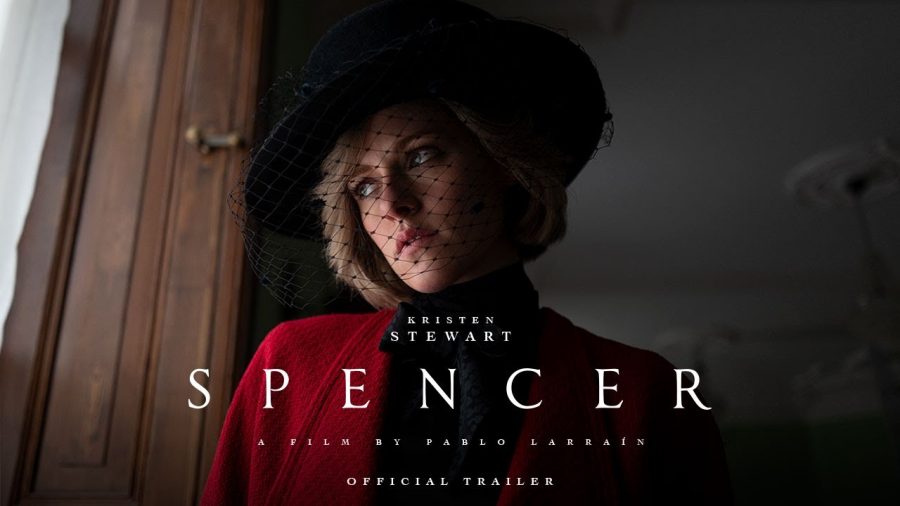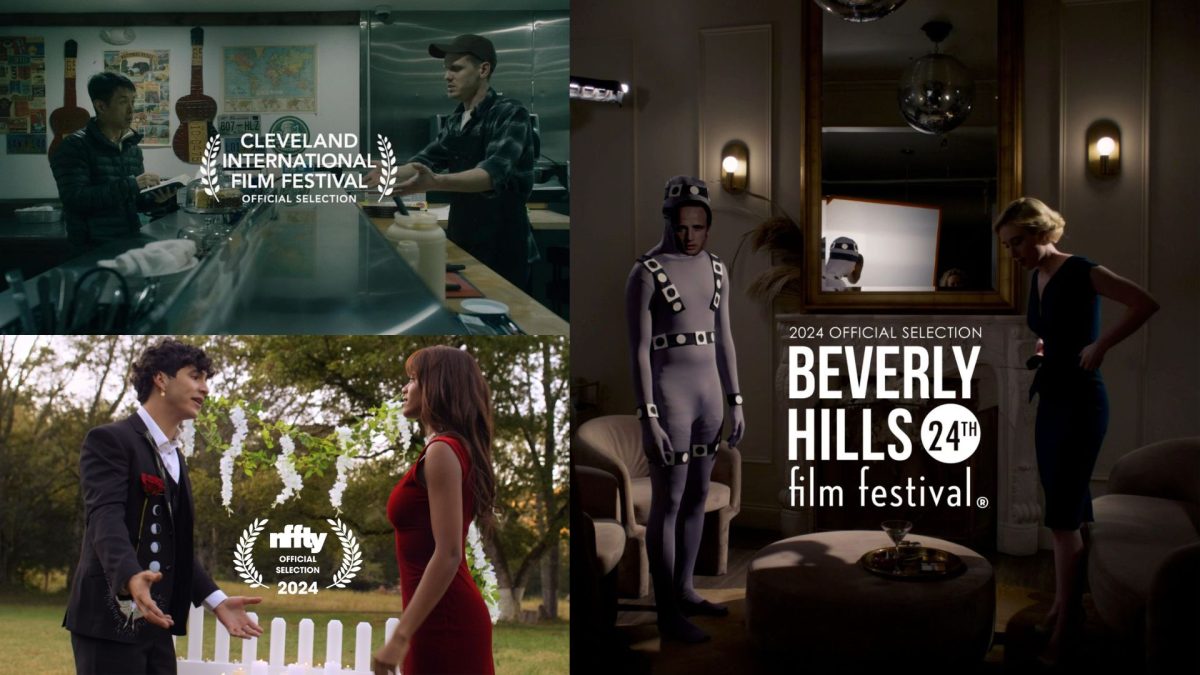In the lobby of the theater on my way to see “Spencer,” an employee told a woman buying tickets to the same movie that he had seen it this past weekend and found it to be quite good. The woman replied, “I’m sure it was good, but were you able to get over the fact that it’s…you know…Kristen Stewart?”
No matter what she has done post “Twilight,” it seems as though Kristen Stewart cannot escape Bella Swan. While Stewart has played a plethora of diverse roles since taking part in the vampire saga—starring in films such as “Camp X-Ray,” “Personal Shopper” and “Lizzie”—many of her other characters share mannerisms with Bella (think of the odd muttering and head-shaking that people associate with Stewart when mocking her on social media).
“Spencer” makes Stewart almost unrecognizable in appearance and voice, cultivating a clean slate in what could be the actress’ best work yet.
The film, which opened this past weekend, is directed by Pablo Larraín and stars Kristen Stewart as Princess Diana. The events of the film take place during the week of Christmas, when Diana finally decides that she can no longer live the royal lifestyle, especially with Prince Charles’ obvious infidelity. It opens by stating that its events are “a fable from true tragedy,” allowing the director and screenwriters to have ample creative freedom.
This, I think, is what makes “Spencer” such an incredible film; instead of posing as a mere interpretive biopic, the movie highlights the fantasies of freedom that live within Diana along with her sense of isolation and detachment from the rest of her “family.”
In an interview with Deadline, Larraín explains that the movie is titled “Spencer” (which is Diana’s maiden name) because “It’s about finding herself, about understanding that possibly the most important thing for her is to be well, and to be with herself and by herself.” This idea of finding herself is told beautifully in the film, especially through scenes where Diana grapples with feeling like an insect under a microscope. Her life isn’t even hers, as every piece of information that she utters around others is used as currency among staff and her family.
Jack Farthing plays a cold and distant Prince Charles, but it’s just what the film needs to bring out Stewart’s tangible frustration as Diana. In a particular scene, Farthing’s character lectures Stewart’s for her behavior, saying “There has to be two of you”—one for herself, and one for the public eye. However, the main issue in the film is that Diana wants to be herself at all times, but the royal family does not allow for that. Screenwriter Steven Knight cultivates poignant statements for Stewart and her counterparts, allowing the audience to really think about the consequences of marrying into one of the most famous families in the world.
Larraín’s camera work does an excellent job at making Diana’s discomfort and disorientation palpable. Any time Stewart is in distress, the camera is unsteady and at very close angles almost as if it’s a handheld camcorder, meant to emulate Diana’s inability to escape the paparazzi and the public eye. The viewer feels as uneasy and out of control as the character. The pastel color palette and intricate costumes also add a nice contrast to the dark subject material.
A personal favorite theme of mine in the film was the choice to compare Diana to Anne Boleyn, the second wife of Henry VIII, who was beheaded because he thought she was being unfaithful—when, in reality, it was Henry VIII that was the unfaithful one. While I don’t want to give away too much, this theme carries a ton of weight in the film and manifests itself quite well, especially towards the end. The descent into madness that Diana faces while she sees parts of herself in Anne allows for Stewart to truly shine. Her body language alone conveys such a sense of immense hopelessness and tension, and when paired with Larraín’s directorial choices, it truly makes for a worthwhile and compelling story and journey.
While “Spencer” may be a fable, it still highlights the plights of an institution that stripped away any of Princess Diana’s autonomy, and Stewart’s acting paired with a beautiful set and complex script holds the audience’s attention and garnering its sympathies.
Though that other woman in the theater lobby may not have, I think it’s safe to say that I got over the fact that it was…you know…Kristen Stewart.






